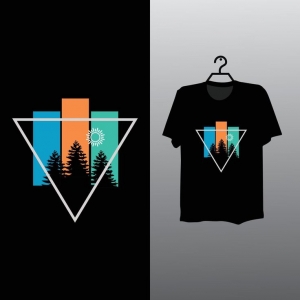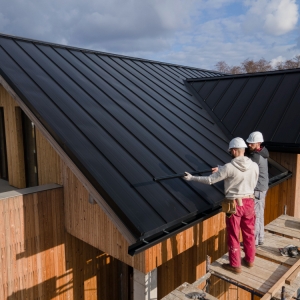Laboratory heating equipment plays a vital role in conducting experiments, chemical reactions, and sample processing. These devices are essential for maintaining precise temperatures, ensuring safety, and improving efficiency in laboratories ranging from academic research to pharmaceutical manufacturing. This article explores the most common types of laboratory heating equipment, their features, and applications.
1. Hot Plate
Description:
A hot plate is a flat, heated surface used for warming or boiling liquids in beakers or flasks.
Key Features:
Adjustable temperature control
Magnetic stirrer functionality in some models
Compact and easy to clean
Common Applications:
Heating chemical solutions
Stirring and maintaining reaction mixtures
Sample digestion
2. Heating Mantle
Description:
Heating mantles are designed to uniformly heat round-bottom flasks without open flames.
Key Features:
Provides even heating
Safe for flammable substances
Ideal for organic synthesis
Common Applications:
Distillation
Reflux reactions
Evaporation of solvents
3. Bunsen Burner
Description:
A traditional laboratory gas burner producing a single open flame, fueled by gas.
Key Features:
Simple and reliable
High-temperature capability
Manual control of air and gas mixture
Common Applications:
Sterilization of tools
Combustion reactions
Heating small glassware
4. Laboratory Oven
Description:
Laboratory ovens are insulated heating chambers used for drying, sterilizing, or baking.
Key Features:
Temperature uniformity
Digital temperature controllers
Forced air or gravity convection models
Common Applications:
Drying glassware
Curing samples
Removing moisture from solids
5. Water Bath
Description:
A Water Bath heats samples in water at constant temperature, ideal for gentle heating.
Key Features:
Uniform heating
Over-temperature protection
Options for shaking or circulating
Common Applications:
Incubating cell cultures
Thawing samples
Enzyme reactions

6. Dry Bath (Block Heater)
Description:
Dry baths use metal blocks to heat microtubes or vials without water.
Key Features:
Digital temperature control
Multiple block formats
Quick heat-up time
Common Applications:
DNA amplification
Enzyme assays
Sample incubation

7. Muffle Furnace
Description:
A high-temperature muffle furnace with insulated chambers for ashing and heat treatment.
Key Features:
Can reach temperatures over 1000°C
Programmable temperature profiles
Durable refractory lining
Common Applications:
Combustion analysis
Materials testing
Ceramic and metal processing

Final Thoughts
Choosing the right laboratory heating equipment depends on the specific application, temperature range, and sample type. Whether it’s the precision of a digital dry bath, the simplicity of a Bunsen burner, or the high heat of a muffle furnace, understanding each tool’s strengths ensures safe and effective experimentation. Modern advancements also offer energy efficiency and digital control, enhancing both accuracy and convenience in today’s labs.







